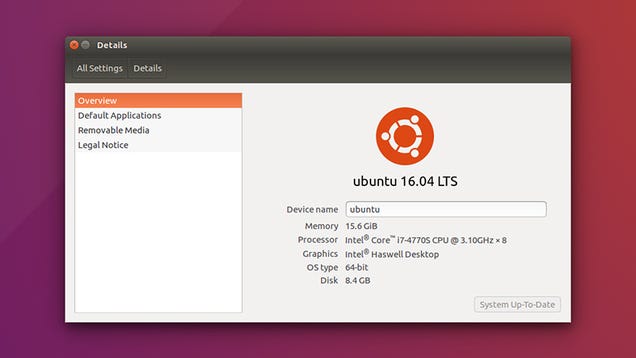
The Recording Industry Association of America (RIAA) now considers AI voice cloning a potential copyright infringement threat and wants the US government to include it in its piracy watchdog list.
In a submission to the US Trade Representative (USTR), the RIAA asked the government to include the category of AI voice cloning in its

Amazon’s fall Prime Day event is underway, for more deals we recommend across all categories, check out our full roundup here.
Every month or so, we like to ask our staff about their favorite stuff — whether it’s pet toys, travel aids, kitchen gadgets, or straightforward tech. And the results are usually very different, very interesting, and a lot of fun.
Sinc

I never thought I’d be leaning on Microsoft to teach me how to install Linux, but here we are. The Windows maker quietly published a support page with instructions on how to install Linux on, presumably, a machine that once used Windows. The Register caught on to the page’s existence and, honestly, the step-by-step is…
Hatem Moussa/AP Photo
- Getting hostages out of Gaza could be a difficult task for Israel, hostage experts said.
- It's unclear where Hamas is holding them and regions may be covered in traps, the experts said.
- Israel's ongoing counterattack on Gaza could made it even more difficult to reach the hostages.
JERUSALEM

The US Federal Communications Commission (FCC) has a pair of proposals aimed at dealing with channel blackouts (via Deadline). They follow a recent dispute where millions of Spectrum (Charter Communications) subscribers abruptly

Sam Bankman Fried allegedly entertained a plan to raise capital from Saudi Crown Prince Mohammed bin Salman, according to former Alameda CEO Caroline Ellison in her testimony on Wednesday.
Tom Williams/CQ-Roll Call via Getty Images
- The White House may soon request more aid for Israel in the wake of the Hamas attack.
- At least one Republican, Rep. Thomas Massie, is signaling that he's likely to vote against it.
- "I don't believe in foreign aid," he said, indicating that it's not solely about Israel.
Rep. Thomas Massie
Amazon
When you buy through our links, Insider may earn an affiliate commission. Learn more
There's no better time to freshen up your bedding than fall, and there's still time to save with Amazon Prime Day bedding deals on sheets, pillows, and mattress toppers before the sales event ends at midnight
